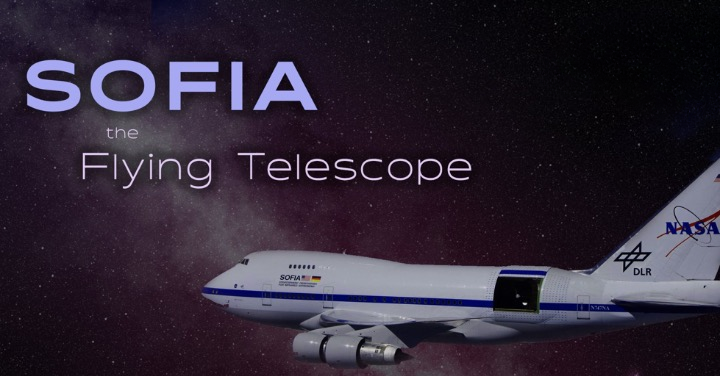Stratospheric Observatory for Infrared Astronomy (SOFIA) (Indian Express)

- 17 Feb 2024
Why is it in the News?
Researchers have now, for the first time, detected the presence of water molecules on the surface of an asteroid using the data from NASA's now-retired SOFIA airborne observatory.
About Stratospheric Observatory for Infrared Astronomy (SOFIA):
- SOFIA is a powerful, general-purpose infrared observatory used to study the birth of new stars, planetary nebulae and supernova remnants, the atmospheres of Solar System objects, and many more.
- Earth’s atmosphere protects us from harmful radiation, but it also blocks a lot of light useful for astronomy.
- For that reason, NASA and the German Aerospace Center (DLR) built the Stratospheric Observatory for Infrared Astronomy (SOFIA) to fly aboard a modified commercial aircraft capable of flying above 99% of the light-blocking atmosphere.
- SOFIA is carried aboard an aeroplane capable of flying at an altitude of 13 kilometres, higher than 99% of the infrared-absorbing atmosphere.
- First flown in 2007, SOFIA provided the first measurements of Pluto’s atmosphere, mapped the dust and magnetic fields around black holes, and provided a wealth of information about star-forming nebulae.
- The telescope consists of a 2.5-meter (8.2-foot) mirror and a suite of scientific instruments including:
- Photometers to measure the brightness of sources
- Spectrometers to split the light into its component wavelengths, and
- A polarimeter to measure the polarisation of light caused by dust particles.
- Astronomer Gerard Kuiper is best known for his prediction of the Kuiper Belt of icy outer Solar System bodies, but in 1965, he used a high-flying NASA aeroplane to study Venus in infrared light, pioneering the use of aircraft for astronomy.
- SOFIA is Kuiper’s spiritual descendant, built on a larger scale and using a dedicated aeroplane.
- The SOFIA telescope is carried by a Boeing 747SP (“special purpose”) designed for long-duration flights.
- The aeroplane was modified in several ways, including a large opening on the side of the telescope.
- To operate under these conditions, SOFIA is lightweight and built to withstand mechanical vibrations and turbulence from air flowing across the opening in the side of the aeroplane.
- The aeroplane is capable of ten-hour flights, with flight paths chosen to keep ahead of the sunrise and maximise the amount of darkness.
- SOFIA achieved full operational capability in 2014 and prematurely ended in 2022 after operating for 12 years.
